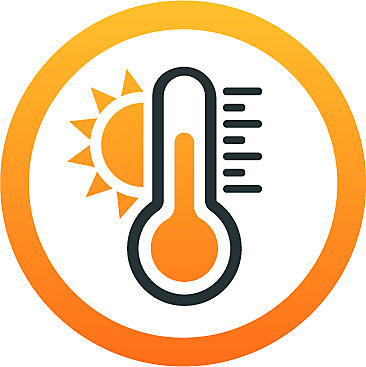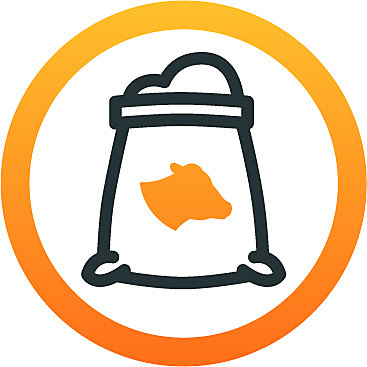You are viewing United States
- United States
- Canada
- Mexico
- South America
- EMENA
- Sub-Saharan Africa
- Russia
- South Asia
- Asia Pacific
- China
- Global
Choose Your Location:
- United States
- Canada
- Mexico
Popular Searches
- Animal Nutrition & Health
- KemTRACE® Chromium
- KemTRACE® Chromium for Beef Cattle
- KemTRACE® Chromium and Beef Carcass
MAXIMIZE CARCASS WEIGHT IN YOUR OPERATION
Cattle feeders in today's market need to optimize performance to stay competitive and profitable. Nutritionists strive to balance nutrients to maximize growth potential and muscle accretion. Meeting nutrient demand with essential nutrients at the appropriate time, with the correct formulation is paramount for success.
The role of chromium
Essential nutrients, like chromium, are key to driving performance optimization. Chromium has been studied for over 50 years and is considered an essential nutrient for beef cattle.1 It has been proven to enhance nutrient utilization playing key roles in improving immune function, increasing protein accretion and maximizing feed efficiency.
Additionally, chromium can help cattle withstand effects from stress events such as:
INSULIN IS THE KEY
Insulin plays a key role in optimum cell function by acting as a "key" to the door that allows glucose to enter into the cell. Chromium supplementation primarily acts to improve insulin sensitivity, so more glucose can enter the cell, thereby having more cellular energy for maintenance, growth and performance.
The potential effects of improved glucose utilization on carcass characteristics have shown trends in heavier, hot carcass weight and increased dressing percentage. Other studies with chromium have suggested the additional glucose is providing the energy needed for muscle accretion.2,3

HOW CAN CHROMIUM HELP YOU?
1. Increases hot carcass weight (HCW)
Data dive:
Effect of chromium supplementation in feedlot cattle
A series of 18 peer-reviewed journal articles outlines the impact of chromium supplementation on hot carcass weight (HCW).4
THE RESULTS?
Chromium supplementation increased hot carcass weight by an average of 21.2 lbs.
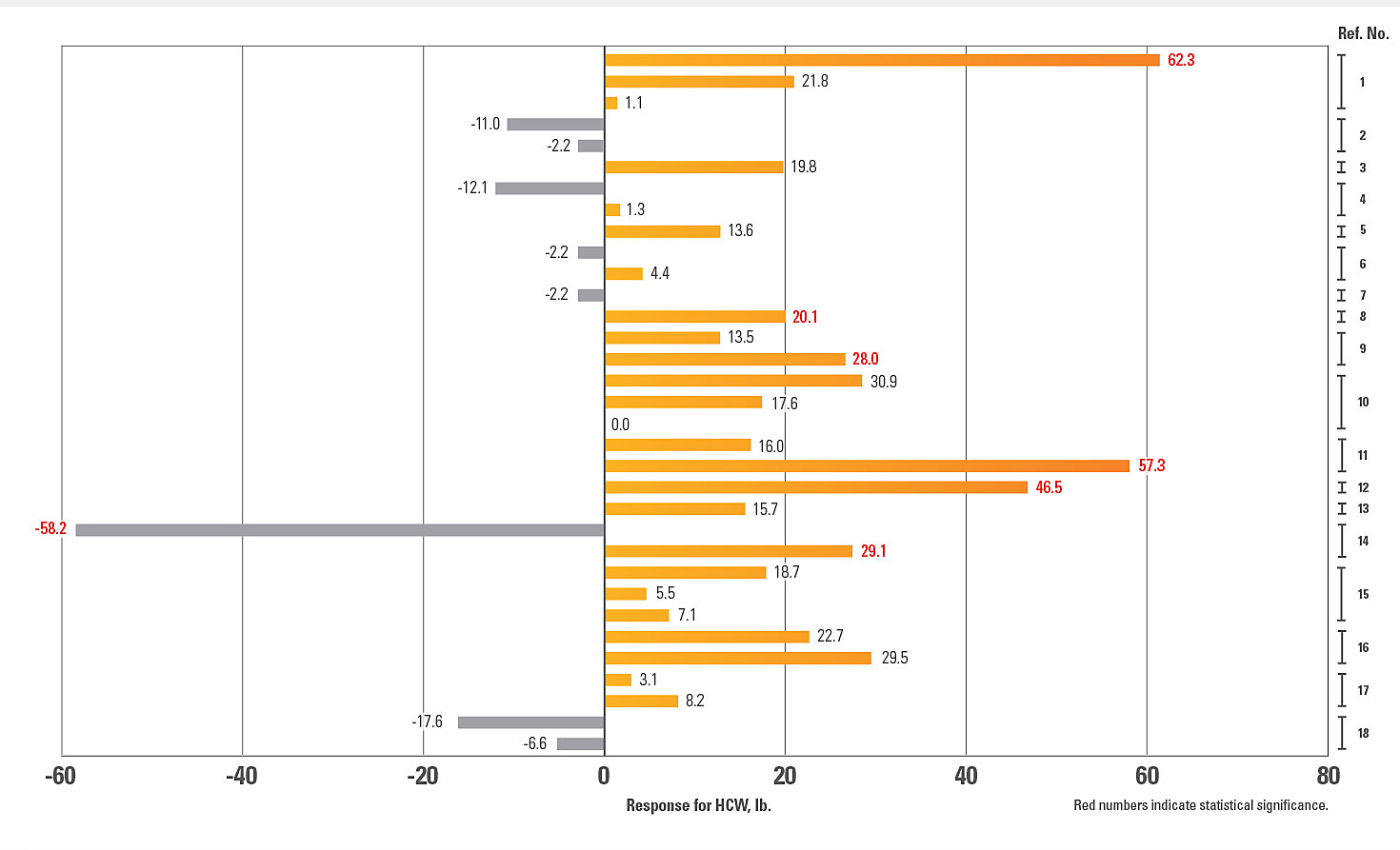
2. Boosts production of internalized GLUT4 transporters
Data dive:
Effect of chromium supplementation on GLUT4 transporters
The principal glucose transporter in cattle, GLUT4, is responsible for facilitating the movement of glucose into the cell. A recent study evaluated longissimus muscle biopsies to see the effect of supplementing insulin.5
THE RESULTS?
Longissimus muscle biopsies from cattle supplemented chromium propionate had an increase in internalized GLUT4s after a 147-day feeding period, which indicated these animals had more sufficient insulin sensitivity compared to the controls at day 147.
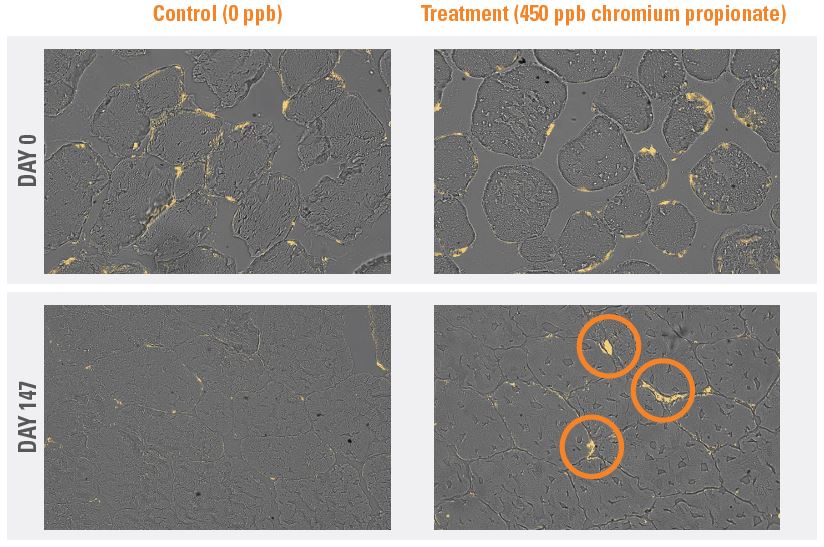
Figure 1. Longissimus muscle biopsies of feedlot steers supplemented with chromium propionate throughout the feeding period (yellow indicated GLUT4 receptors).3
3. Maximizes performance of feedlot steers
Data dive:
Effect of chromium propionate supplementation on live performance of feedlot steers
Research trials tested the effect of chromium propionate on body weight and average daily gain (ADG) at various inclusion rates to determine the optimal inclusion rate.6
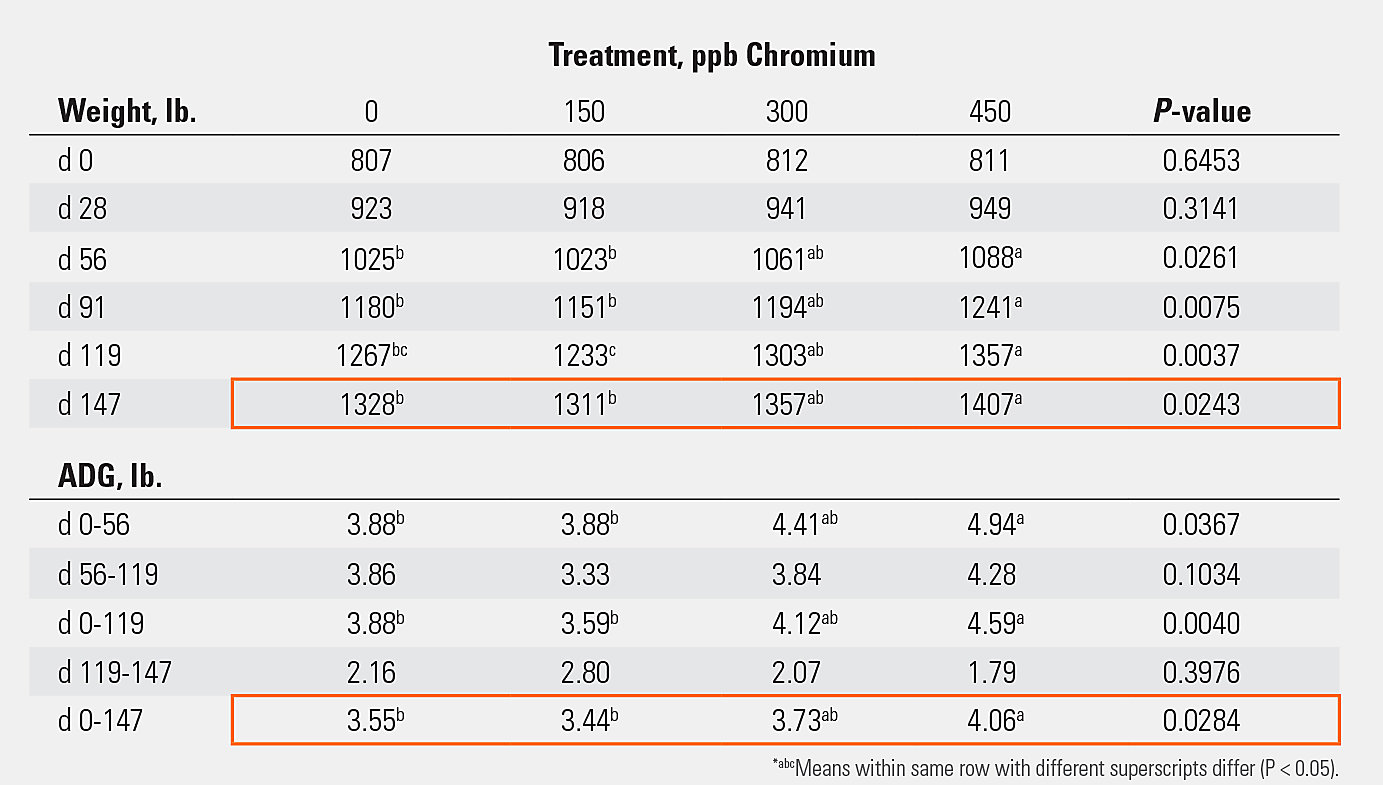
THE RESULTS?
Cattle who received an inclusion rate of 450 ppb of chromium propionate weighed 79 pounds more than those who received 0 ppb, resulting in a 0.51 pound increase in ADG.
WHY KEMTRACE® CHROMIUM?
KemTRACE Chromium has been proven to boost the performance of feedlot cattle, including:
- Body weight gain
- Enhanced feed efficiency
- Lower morbidity7,8,9
Third-party research with feeder cattle demonstrates feeding KemTRACE Chromium has positive effects on immune response, cytokines and acute phase response of cattle under stress.8

Ready to dive deeper?
Start with these resources.
Carcass Literature
Videos
Dr. Brad Johnson
Texas Tech University
Gordon W. Davis Regent's Chair in Meat and Muscle Biology Coordinator of Graduate Student Programs
References
1Perchova, A., Pavlata, L. 2007. Chromium As An Essential Nutrient: a Review. Veterinari Medicina, 52, 1:1-18.
2Sanchez-Mendoza, B., A. Montelongo-Terriquez, A. Plascencia, N. Torrentera, R.A. Ware, and R.A. Zinn. 2014. Influence of feeding chromium-enriched enzymatically hydrolyzed yeast on growth performance, dietary energetics and carcass characteristics in feedlot cattle under conditions of high ambient temperature. Journal of Applied Anima Research, 2015 Vol. 43, No. 4, 390–395, http://dx.doi.org/10.1080/09712119.2014.978781.
3Kneeskern, S.G., A.C. Dilger, S.C. Loerch, D.W. Shike, and T. L. Feliz. Effects of chromium supplementation to feedlot steers on growth performance, insulin sensitivity, and carcass characteristics. 2015. J. Animal Sci. 2016.94 doi:10.2527/jas2015-9517.
4The Effect of Chromium Supplementation in Feedlot Cattle on Hot Carcass Weight (HCW) Responses, lb., BR-2017-00002.
5Shaohui Huang and Michael P. Czech. The GLUT4 Glucose Transporter. Cell Metabolism 5, April 2007. 11
6Baggerman, J. O., Z. K. F. Smith, A. J. Thompson, J. Kim, P. W. Rounds, and B. J. Johnson. 2016. 0768 Chromium propionate supplementation alters feedlot performance and GLUT4 activity in feedlot steers. J. Anim. Sci. 94(Suppl5):369-370.
7Bernhard, B.C., N.C. Burdick, W. Rounds, R.J. Rathman, J.A. Carroll, D.N. Finck, M.A. Jennings, T.R. Young, and B.J. Johnson. 2012. Chromium supplementation alters the performance and health of feedlot cattle during the receiving period and enhances their metabolic response to a lipopolysaccharide challenge. J. Animal Sci. 90:3879-3888.
8Bernhard, B.C., N.C. Burdick, R.J. Rathman, J.A. Carroll, D.N. Finck, M.A. Jennings, T.R. Young, and B.J. Johnson. 2012. Chromium supplementation alters both glucose and lipid metabolism in feedlot cattle during the receiving period. J. Animal Sci. 90:4857-4865.
9Burdick, N.C., Bryan C. Bernhard, Jeffrey A. Carroll, Ryan J. Rathman, Bradley J. Johnson. 2011. Enhancement of the acute phase response to a lipopolysaccharide challenge in steers supplemented with chromium. Innate Immunity 18 (4) 592-601.
Have a Question?
If you have a question about our products or services, or just want more information, fill out the form below and someone on our team will be in contact with you.
- California Residents
- California Supply Chain Act
- Canada Forced Labor and Child Labor Report
- Email Disclaimer
- GDPR Personal Data Addendum
- General Terms & Conditions for Vendors
- Global Environmental Policy Statement
- Indirect Cost Estimates
- Kemin Terms & Conditions
- Modern Slavery Act Transparency Statement
- Privacy Policy
- Sitemap
- Change Cookie Consent
- Animal Welfare Statement
© Kemin Industries, Inc. and its group of companies All rights reserved. ® ™ Trademarks of Kemin Industries, Inc., USA
Certain statements may not be applicable in all geographical regions. Product labeling and associated claims may differ based upon government requirements.

